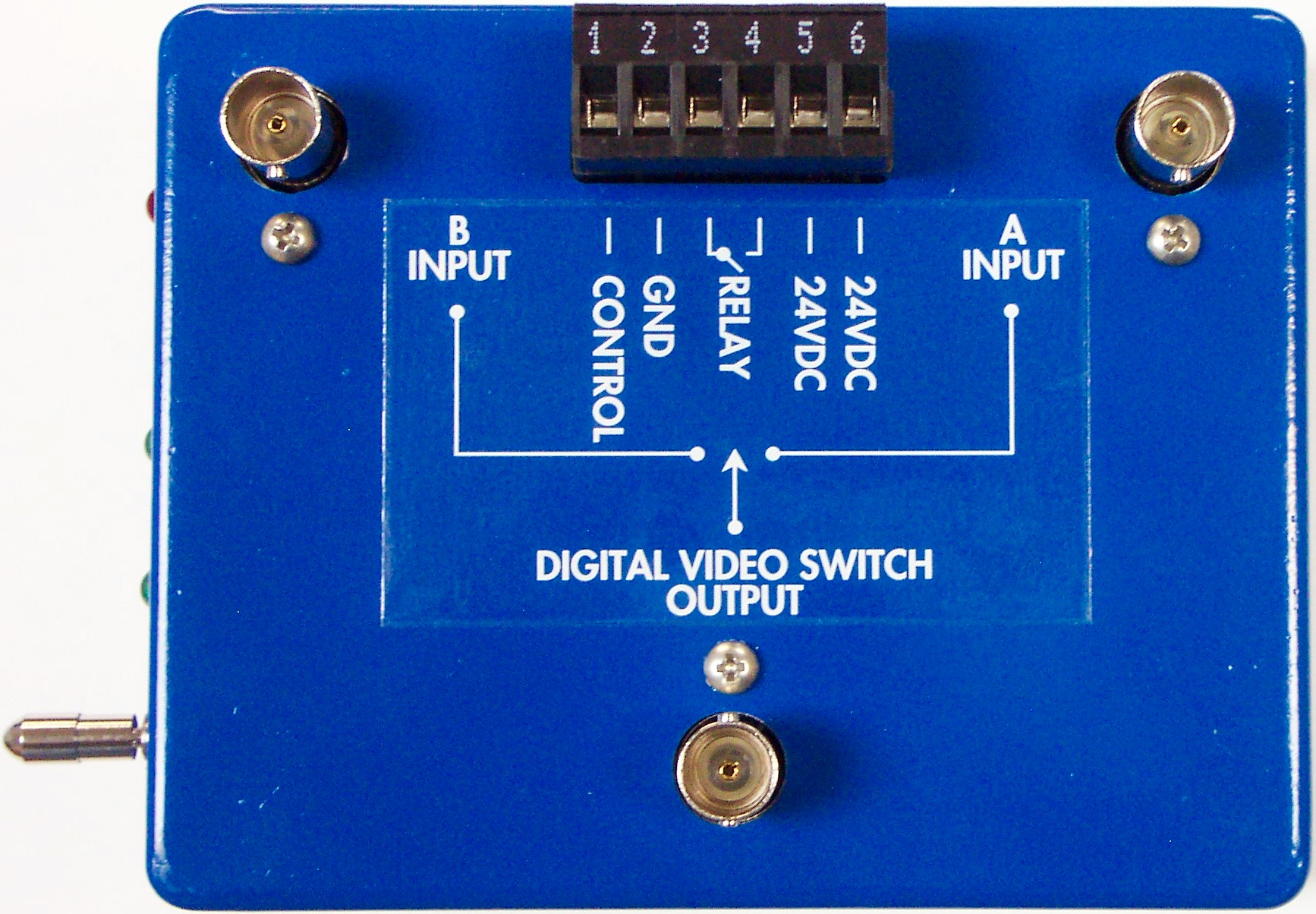A/B SWITCHING IN A DIGITAL WORLD
A / B SWITCHING IN A DIGITAL WORLD
By: Don McClatchie
FM SYSTEMS, INC.
The arrival of digital television has changed many of the ways things are done on the technical side of broadcasting. This new type of signal requires a broad range of new products and in many cases new methods of design and construction. A great deal of effort is being but forth to design digital broadcast systems that will be both robust and self-healing. So in this brave new world there is still a need for A/B switching.
The word digital seems to carry with it an aura of invincibility, the thinking of the day is, if it’s digital it must be perfect. This type of thinking can give an engineer a false since of security. If all the equipment used in the system were perfect, I would agree that the signal would arrive at its destination exactly the way it started out. Unfortunately no electronic equipment is perfect.
This is a new technology for equipment manufacturers and unfortunately they must make quality verses cost trade offs when designing their products, if they didn’t, the product would be so expensive only the military could afford to buy it. It is also very difficult for them to predict what problems may occur when the product is connected into a system with other manufactures equipment.
Yes there is a standard, but just how closely is it followed by the equipment and under what circumstances will the equipment malfunction. No manufacturer can test for everything that might happen, so it will take years for the market place to find and fix all of the major problems that a digital system can produce.
Manufacturers do the best that they can to predict any problems and of course correct field problems as they arise. Even with the very best of circumstances you may find that your digital system will go down or lock up from time to time.
For these reasons and more, you must be prepared to switch to an alternate source of the programming when you lose your main feed. Loss of your digital feed is inevitable so be prepared for it.
The consequences of signal loss can be very expensive from an advertising revenue standpoint, not to mention what your boss might say, so you should arrange for a back up signal and some way to quickly switch to it when you have a signal loss. Automatic switching is suggested to decrease the response time during any signal loss. The down time must be kept to a minimum.
In the old days most broadcasters had a back up secondary video signal path that in the event of a primary failure could be switched in to save the day. This was usually done with an A/B switch either manual or automatic. In the case of unattended sites the A/B switch would have an automatic signal loss feature. Or a remote control path to operate the switch over phone or in the vertical interval of the secondary video signal itself. Of course back then both signals were usually NTSC analog video.
However today the two signals are likely to be one digital stream perhaps SMPTE 310, and the other a simulcast NTSC video signal, at least until the digital transition is complete. The easiest way to get two digital signals for A/B switching is to digitize the “SDTV” Standard Definition Television NTSC video signal and feed it as a digital signal into the A/B switch. If you already have two digital streams then your job is much easier.
Once you have a back up signal in the same format as the primary video signal, then a conventional A/B switch designed for digital switching can be used to safeguard your signal path. This switch must have adequate isolation and bandwidth to handle any digital signal, with a universal control input capable of interfacing mechanical switches, TTL, and RS232 control signals. If you are going to place the switch in an unattended location, then a signal loss feature is also a requirement.
The DVS772 DIGITAL VIDEO SWITCH is a high isolation high frequency relay used to switch digital signals such as SMPTE 310 and more. The switch has two inputs and one output in an A/B configuration. The switching function is controlled by an external contact, RS232, or TTL type signal. It also has the ability to sense loss of signal on the A channel and automatically switch to the B channel. This feature is used when automatic transfer to an alternate channel is desired. There are no active elements in the data path to degrade the signal, and if a power failure occurs the data will not be interrupted.
The unit comes equipped with a front panel selector switch. The operator can select the data switch to Channel A, Channel B, or Remote operation. When the front panel switch is in the Remote operation position, the unit is controlled by an external input signal or by signal loss on the A Channel if selected. There is a “C” form relay output to report the position of the A/B switch for remote telemetry.
The unit has 75 Ohm BNC female connectors for the data inputs and output and a removable screw terminal connector for the power and control signals. The switch is housed in a sturdy aluminum die cast box which is completely RF shielded. The box can be mounted in the front or rear of your rack with the standard side-mounting bracket.



